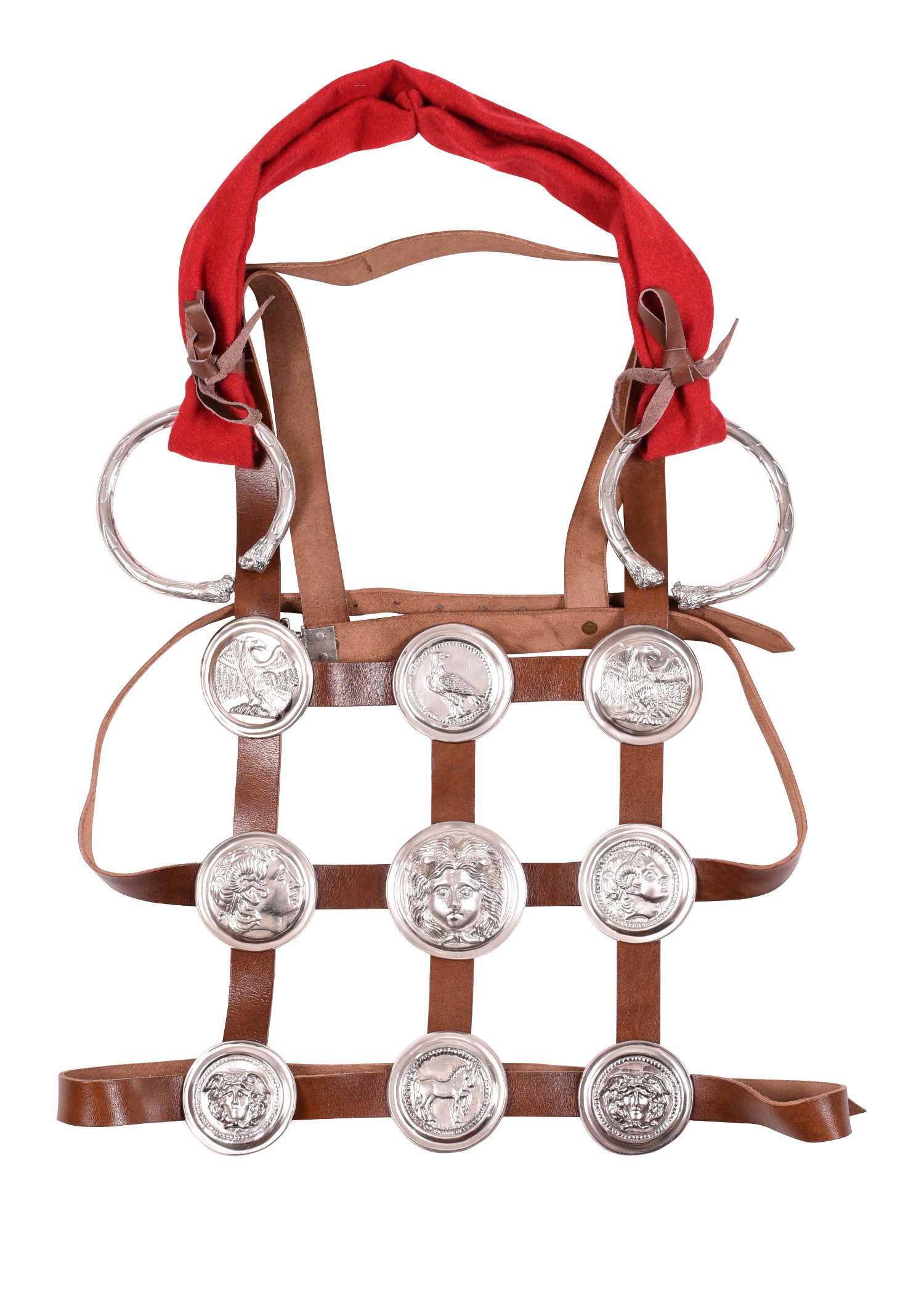What is a Phalera?
The phalera is a fascinating historical object that has captured the attention of archaeologists and history enthusiasts alike. This term refers to a metal disc that was often crafted from precious metals such as gold, silver, and bronze, although there were also examples made of glass. Through this article, we will explore its origin, uses, and meanings throughout history.
Origin and Use in Antiquity
The Roman Civilization
The phalera is particularly emblematic of the ancient Roman civilization. In this context, it served as a military decoration placed on soldiers’ breastplates during parades and ceremonies. It was a symbol of honor and recognition for heroic acts in battle.
Roman soldiers who demonstrated bravery or exceptional skills in combat were awarded these medals. They not only represented individual recognition but also the glory and prestige of the military unit to which they belonged.

Use in Celtic Continental Culture
On the other hand, phalerae also found their place in Celtic culture. In this context, their use extended beyond the military, participating in religious ceremonies and ornamentation. They were an essential part of equestrian equipment, decorating horses and reflecting their owners’ social status.
Physical Description
Materials and Design
These decorations were made with valuable materials, primarily gold and silver, but also included interesting variations such as glass. As for their design, phalerae often featured sculptures depicting human figures, animals, or abstract symbols, making them valuable and significant pieces of art.
.jpg)
Historical Examples
Examples in History
A significant example of a Roman phalera is found at the Burg Linn Museum Center in Krefeld, Germany. This disc, featuring the image of a soldier adorned with multiple phalerae, reflects its use as a symbol of military decoration. Conversely, numerous Celtic phalerae have been discovered in excavations, demonstrating their relevance in the culture and religion of Celtic peoples.
| Characteristics | Roman | Celtic |
| Materials | Gold, silver, bronze | Metal, glass |
| Use | Military decoration | Ornamental and religious |
| Decoration | Sculptures, figures | Abstract, equestrian motifs |
















